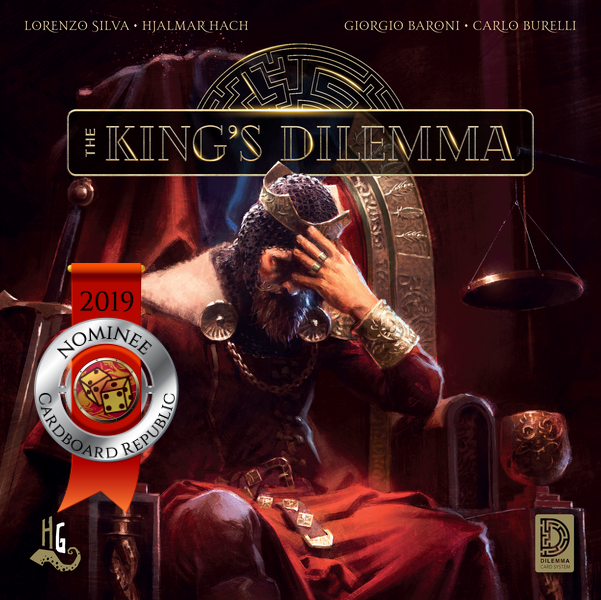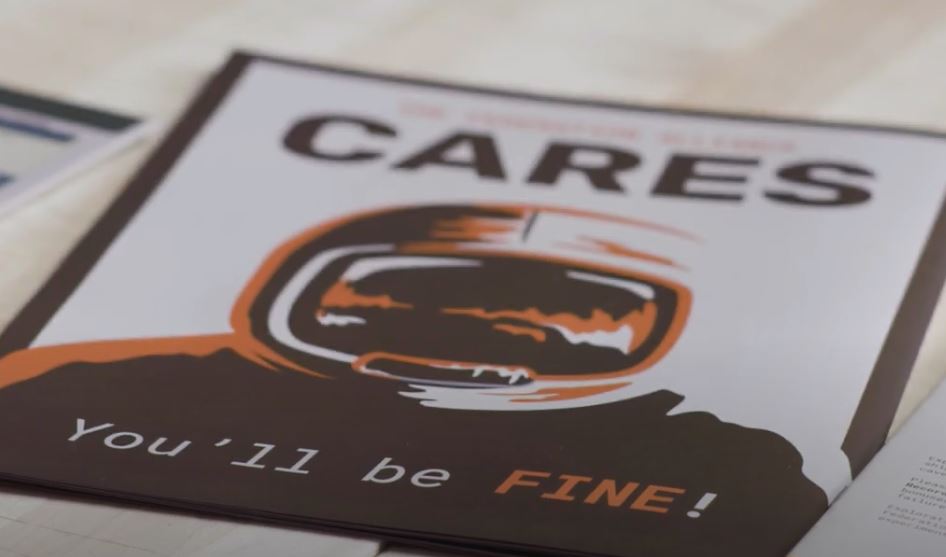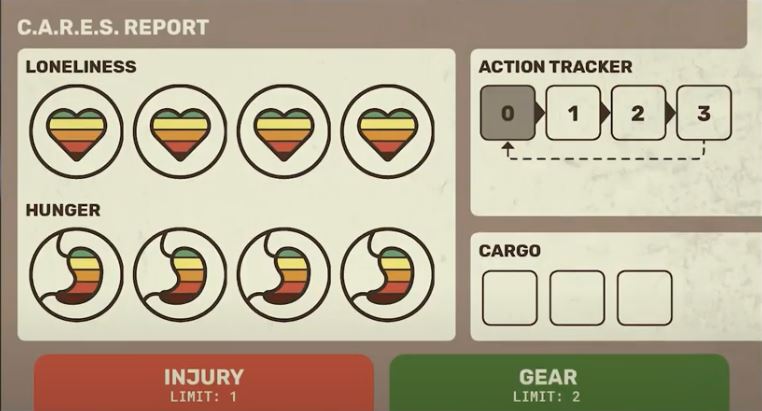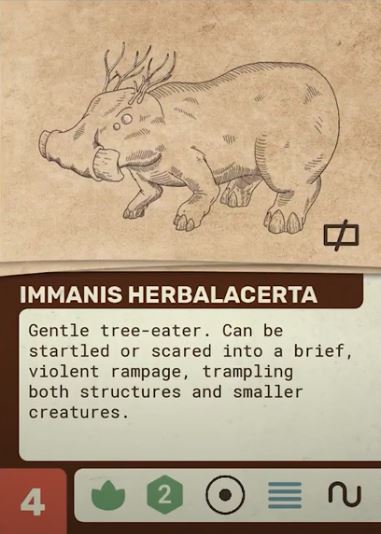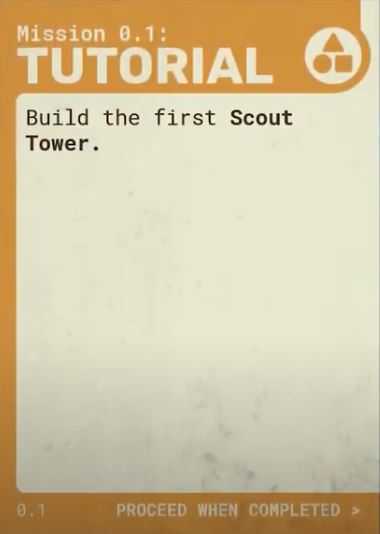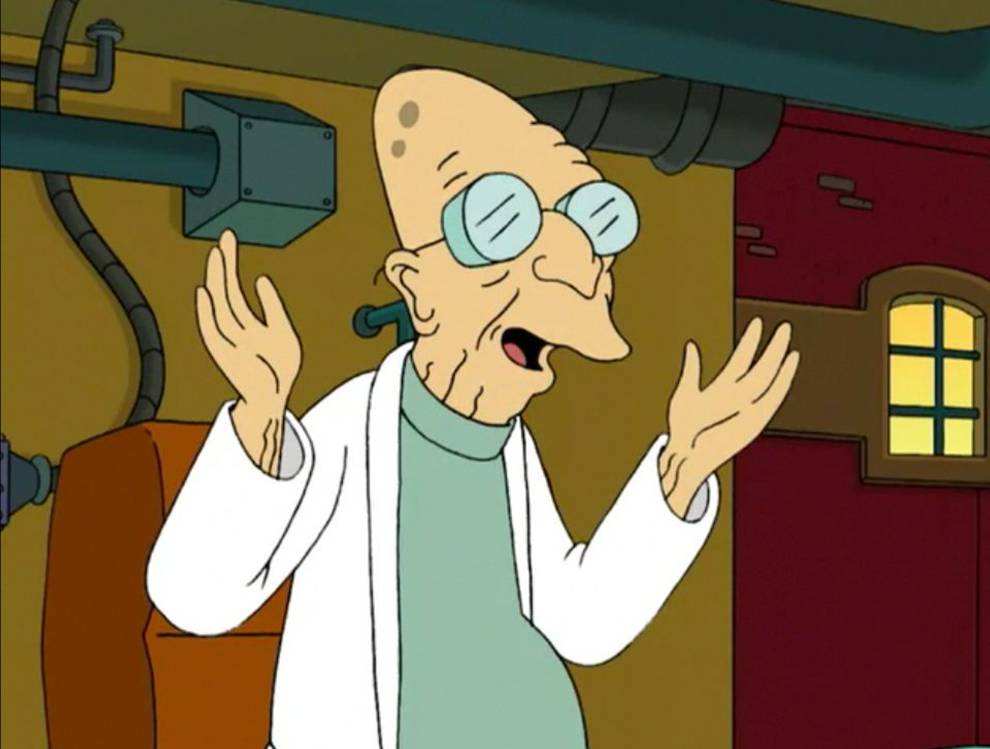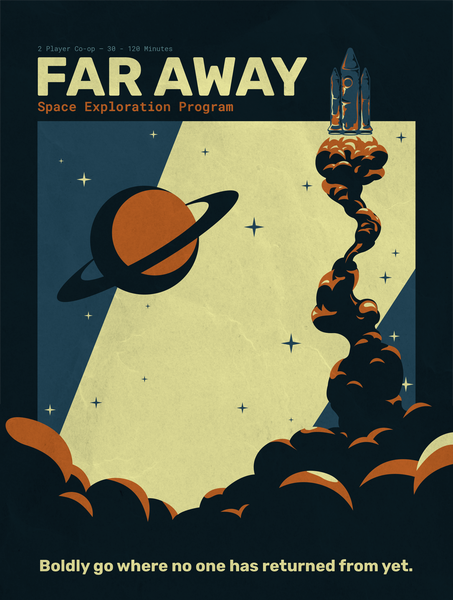As part of our April Spotlight on the Far Away, we strive to inform readers of little extra tidbits surrounding the game. Games are made by people, and one of those tidbits we enjoy is learning a little bit more about the people behind them. Some designers shy away from the public stage, while others enjoy being front and center.
When it comes to talking about their games, Alexander Jerabek, designer of Far Away and part of the creative quartet behind its publisher, Cherry Picked Games, he is more than willing. Believing in the central tenants of using games to bring people together over a shared social experience alongside the notion of using games as a vehicle to explore the vast potential of the human imagination – along with a healthy dose of irreverence – Cherry Picked Games approaches their games wanting a balance between lighthearted fun and at least a modicum of substantive thought. It’s through that lens that Alex and his team came up with the idea of an ambitious yet poorly-run program for space exploration.
Far Away takes all of those ideas and blends them together in a way that would make Douglas Adams smile. In this game, two players are sent out with minimal supplies to a completely alien world. Though each of the game’s missions vary in purpose and end goal, the general premise is to use what limited means you have at your disposal to explore the planet, catalog its inhabitants, and, well, try not to die. Compounding that is the fact that among the supplies missing is reliable communication equipment. In practical terms, this means that the further you and your teammate get apart, the harder it is to communicate with one another in-game, thereby pairing a two-player strategy game with the emotional handicap of not always being able to talk with your partner at all times.
This intriguing melding of ideas is why we were so curious to talk to the folks behind Far Away to learn how the concept game about. And they were naturally more than happy to oblige – especially in a real-world period of isolation. As such, we sat down with Alex to chat about his inspirations and machinations on how we ended up with a Federation that’s like less Star Trek and more Zapp Brannigan. We share part of that conversation with you today.
Enjoy!
Round One Questions
CR: What was your Gateway Game?
I played a ton of video games as a kid, but Dungeons & Dragons was my gateway tabletop game. I always had a blast running campaigns for friends. It’s no surprise I started designing a roleplaying game before buying my first traditional board game.
CR: What was the last game you really enjoyed playing (besides your own titles)?
The King’s Dilemma. My group only got a few games in before the COVID-19 lockdown, but it was so enjoyable to argue about war and famine from my comfy small-council seat.
CR: How big is your game collection?
About 50-60 games. Thanks to a regular game night I host, I get to play a wide variety, so I try to only buy games I’ll like.
CR: What is your favorite type of game to play?
Personally, anything that allows me to have a debate with other players. I love testing my persuasive abilities against people. I’ll always try to end a large game night with something like One Night Ultimate Werewolf or Two Rooms and a Boom.
CR: How do you feel about Monopoly?
I had to program Monopoly as a final project for a class in college. My team of four was cut in half, thanks to people dropping the course, and the instructor didn’t change the requirements. My buddy Marc and I pulled so many all-nighters working on that stupid game. We had a bug that persisted for days that involved the dog token just disappearing from the board. We ended up getting a B on that project because we didn’t implement the auction rule.
Neither of us even knew Monopoly had an auction rule.
Who actually played with that as a kid?
I’m still not convinced it’s a real rule…
On Far Away
CR: First off, help us out: considering the importance the Federation places on exploration, what’s your best guess for why it’s so abysmally funded?
This is all from a guy who only casually follows Federation politics so take it with a grain of salt, but I’m not sure the Federation does value exploration. The Far Away program was created about a generation ago and hasn’t seen any updates to their materials since then (hence the “retro” graphics). There’s probably a political reason for this: the current administration wants to prove the Far Away program is a waste of taxpayer resources. So, they’re withholding funds to prove that point. Only by cutting equipment costs and hiring people like us to be explorers can the Far Away program keep afloat.
CR: Going to sidestep how that may be a bit closer to reality than we want to admit…Anyway, one of the central mechanisms to the game is the way it incorporates the loneliness felt by intrepid surveyors through limiting conversation with your partner. How did this aspect of the game come about? What inspired it?
It’s a convergence of theme and mechanics. We wanted a two-player game, so the theme needs to justify why there’s two explorers. The budget-slashing Federation needs the minimum amount of people on the mission, which is two, since one person will succumb to space madness. But the players need to understand that feeling of space madness too. If there’s only the loneliness tokens, it’s just another meter. When players need to communicate and can’t, it’s an emotional reaction. We’ve seen and felt this intense catharsis by players when they reunite, because they must wait to comfort or help each other. The limited communication makes it feel like a two-player game, instead of a one-player game with two explorer tokens.
CR: Far Away also has a significant amount of subtle humor to it, from acronyms of basic game pieces to the entire premise of an underfunded exploration agency. How important was it for you to have these humor elements?
Thanks! Humor is critical in all our games. Comedy is a great vehicle for deeper commentary or emotions. As per the last question, the communication restrictions can feel intense and meaningful. Without the levity of the flavor text, it would either be too intense or forgettable. Only through the juxtaposition does either succeed. Our past games of Conspire and Catalyst reflect this mentality too. Those universes could easily veer into excessive grimdark, but by inserting our humor, we encourage the players to approach things with levity.
CR: The second mission of the game deals with finding a vaccine to a virus sweeping through Federation colonies. It’s purely coincidental to the current situation, but it did have us wondering: how did you decide which missions created went into the finished game? Were there any that didn’t make the final cut?
I am glad we didn’t include a joke in that mission about social distancing.
Five of the eight missions were sponsored by Kickstarter backers. We interviewed them and created a mission from their ideas that fit with how the mechanics worked (or created new mechanics for those scenarios). The challenge for us was to present the missions in a compelling way, without compromising the backers’ requests. It was fun but essentially dictated the mission list, as each mission had a significant development cost. Playtesting the missions and their contingencies takes time, especially as you’re tweaking other parts of the game.
We did have one mission idea that was never finished. Ironically, the premise was the Federation didn’t finish the mission either. The lore would have been the Federation accidentally sent you somewhere without a plan. They would have been writing the missions parameters as you went. It would have included blank cards for the players to fill out. Maybe if we make an expansion…
Also, in case you’re curious, Missions 1, 2, and 4 are the ones without backer input (though 4 was inspired by a friend helping demo Far Away at a con).
CR: On the same note, while the game has a reward system for playing the eight scenarios out entirely, they can also be played completely independently. Were there any attempts of weaving a loose narrative throughout them or was the intent always more episodic adventures?
The missions are in the order we wrote them. It weirdly works out because we kept challenging ourselves to change how players used the components and game flow. Like, Mission 4 asks you to “unexplore” HEXes, and Mission 6 separates the explorers in different dimensions. Each mission adds or changes something, ramping up the complexity at a leisurely pace. However, the game was designed to have missions be played in any order (aside from the Mission 0 tutorial). Nothing should be that much of a jump after the tutorial, though Mission 1 is the most straightforward. Because there’s no set order, the only meta-narrative is the one that the players write.
As an aside, I’d say the mission order based on difficulty would be: 1, 3, 2, 5, 7, 6, 4, and 8.
CR: The game is very evocative of classic pulp sci-fi. Do you have any particular genre favorites that lent to the game’s development?
Futurama had the biggest influence on Far Away. You could rename the Federation Alliance to the Democratic Order of Planets and I wouldn’t notice. Beyond that, Fallout, Star Trek, Hitchhiker’s Guide to the Galaxy, and Space Quest all contributed to the theme and tone. Board game wise, there’s some elements of Space Cadets and Not Alone.
We also made it a point not to fall into tropes from other sci-fi classics, like Alien. It was a golden rule that the Federation never be an evil space government. There’s no joke to make there.
CR: Far Away isn’t the first Kickstarter campaign by Cherry Picked Games, but it certainly is the most ambitious so far. What were some of the biggest challenges faced this time around, and how did you tackle them?
Oh boy was it. There were a lot of challenges, but playtesting a game with unique branching missions was tough. It’s hard enough getting playtesters, let alone a range of people representing skill and experience levels across every mission to test out every path. And that’s before you make a revision and need to retest.
Outside of game design, international shipping was a nightmare. We’re not a big company and don’t have the volume for a deal with some shipping company. It costs us $70+ to ship a copy of Far Away across an ocean. We don’t charge that much, not only because no one would pay it but we’re worried about negative press. It was staggering the amount of negative comments and downright hate mail we received about the $35 international shipping costs on the Kickstarter campaign. Nowadays, we have a contract with Hit Point Sales for distribution, but that’s only for retailers.
CR: Finally, say you were part of one of these fabulous modestly-equipped two-person expeditions. Who would you want as your teammate and why?
I’d love to say the two people who designed the game would be successful in the universe, but Jake and I can barely hold our own in a Dance Gavin Dance mosh pit. My fiance and I have survived the quarantine without driving each other mad. I’ll take that as a sign for being able to survive on an alien world. Plus, she’s played all the Far Away missions, so we could cheat like crazy in this game-turns-real scenario.
It’s at this point that we would go on and explain to you that while we would love to put a good word in for you with the people over at the Far Away program, the simple truth is that we don’t have a reliable series of contact info for them over there. We were able to find a phone number on the internet for them, but calling it takes you to a Five Guys in Peoria, Illinois.
For teh record, no, they aren’t funding a space program either.
The best we were able to do was dig into an annual Federation budget draft, which had an old web address for the department. From there it took us to a GeoCities page that somehow as still functioning. From there, we found the name of their former director whom we tracked down in his swanky no windows basement office at another government agency. He provided us with where the program info can be found online nowadays. Plus a membership rewards coupon to Quiznos.
Anyway, that led us to be able to procure a recruiting box for Far Away, which allows you to test your skills in game form and see if you have what it takes to join the program for real. And we’re raffling it off to any interested wannabe explorers at the link below!
Walking The Lonely Planet: A Far Away Giveaway
(Also, yes, we’re pretty sure he gave us the Quiznos card by mistake. But we’re keeping it.)
Photo Credits: Far Away series covers and photos by Cherry Picked Games; Futurama by Comedy Central.

